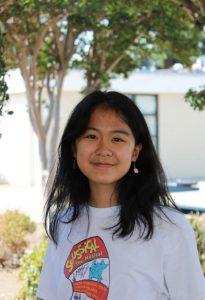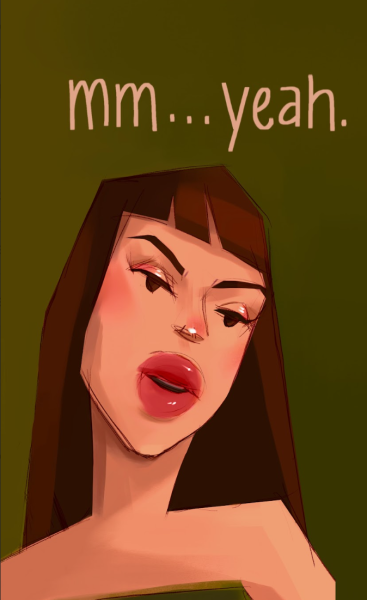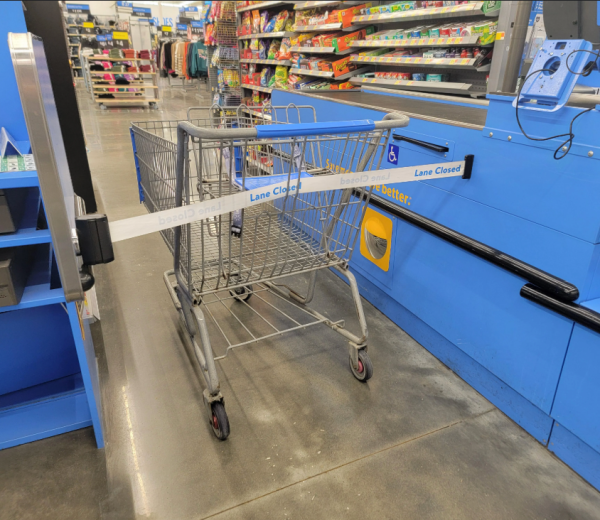Wonder Woman 1984: Not the Film We Need, and Not the Film We Deserve
Wonder Woman 1984, the sequel to the 2017 Wonder Woman and directed by Patty Jenkins, was released in the United States on Dec. 25, 2020. While its release on Christmas Day held the implication that the movie was meant as a present for Wonder Woman and DC fans alike, the awful CGI and pacing within the movie, as a well as a lackluster plot, suggest that the movie was anything but a gift.
Wonder Woman 1984, according to producer Charles Roven, correlated with previous events that heroine Diana Prince (Gal Gadot) had experienced. However, Roven also said that the filmcould be enjoyed as “a standalone film in the same way that Indiana Jones or [James] Bond films are.” While the film certainly held a different tone and plot compared to its more nuanced and darker predecessor which was set in World War I, it shared similar characteristics with the first film, such as Gadot’s exceptional performance as Wonder Woman and her relationships with the changing world and people around her. As a result, watching the previous movie helps viewers understand the dynamic that Diana has between her and the film’s love interest, Captain Steve Trevor (Chris Pine).
Understanding this relationship is especially important for Wonder Woman 1984 due to aforementioned Captain Steve Trevor literally coming back to life and occupying a different human’s body. Despite the empowering premise of the film, which features a powerful female lead, much of the storyline revolves around Diana’s love interest, which is a rather sad regression back to the typical stories containing strong female characters still needing a man in their life.The existence of this highlighted love story also contributes to a fundamental issue that happens with the movie: lazy and convoluted screenwriting scattered throughout the film as a result of poor plot planning.
Barbara Minerva (Kristen Wig), one of the main antagonists in the film, also follows the upsetting fate that Diana is given. The dynamics of her character are primarily based on her relationships with other people, such as her being smitten with co-antagonist Maxwell Lord (Pedro Pascal), rather than being a fully fleshed out character of her own. Even Maxwell is given a fundamental need in his life that links him back to humanity and gives his character further dimension: his young son whom he deeply cares for. Barbara, on the other hand, lacks any substance and falls into being a stereotypical female sidekick. Not only this, but she feeds into the trope of “mousy woman becomes powerful and beautiful by being villainous.”
Uninteresting character relationships aside, the CGI and pacing of the film are also lackluster. Wonder Woman stopping a heist from happening in a mall at near the beginning of the movie is the most action that a viewer will get during the first 100 minutes of the movie, and the climactic action that viewers expect to be visually outstanding happens to be lackluster. Wonder Woman’s eventual fight with Cheetah is lowlit and the action becomes hard to follow, and the hyper realistic CGI is not particularly enticing either.
Wonder Woman 1984 was an attempt at creating a lighthearted, earnest superhero film similar to the likes of movies such as Spiderman: Homecoming, but the execution of its action scenes and screenwriting took away from this intent. As a result, viewers are left with a mediocre film that, despite its exceptional actors, fails to live up to its predecessor.








